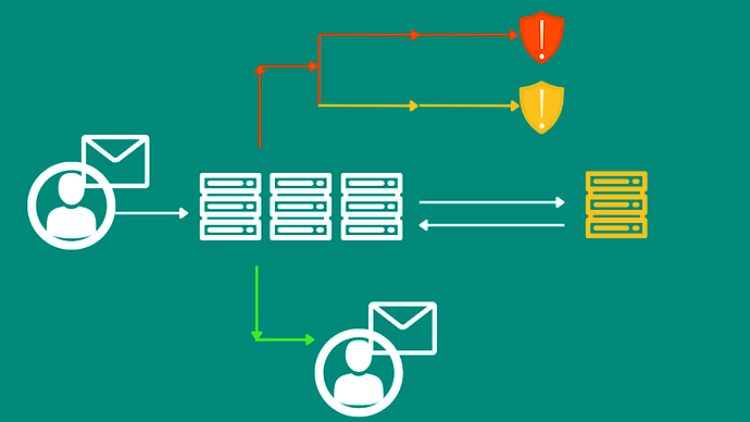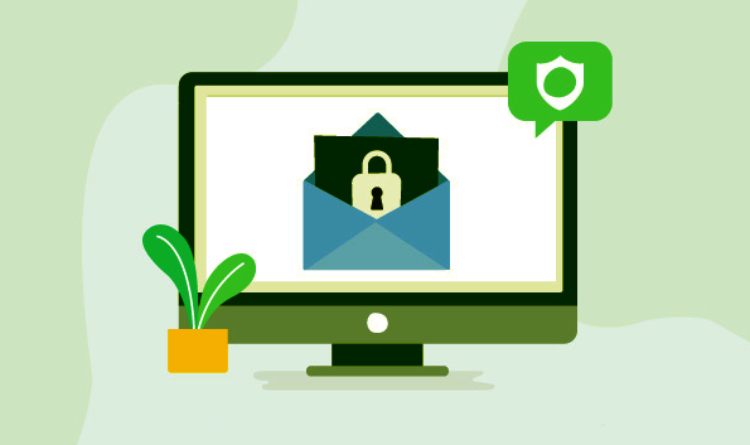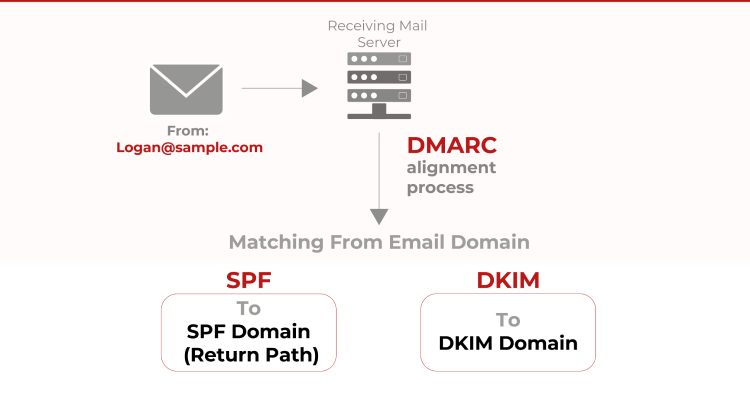Understanding The Importance Of Email Authentication In DMARC Alignment
As businesses become more reliant on email communication, the importance of email authentication cannot be overstated. Cybercriminals continue to develop new ways to exploit vulnerabilities in email systems, leading to an increase in email-based attacks such as phishing, spoofing, and spamming.
To address these issues, Domain-based Message Authentication, Reporting, and Conformance (DMARC) has been developed to provide an additional layer of protection to email systems. In this article, we will discuss DMARC alignment and why it is important for businesses to implement it as part of their email authentication process.

What is DMARC?
DMARC is an email authentication protocol that enables email domain owners to specify how their email messages are authenticated by receiving mail servers. It builds on top of two existing protocols, Sender Policy Framework (SPF) and DomainKeys Identified Mail (DKIM), to provide a more robust email authentication mechanism.
SPF allows domain owners to specify which IP addresses are authorized to send emails on behalf of their domain. DKIM provides a way to verify the authenticity of the email messages by adding a digital signature to the message header.
DMARC takes these authentication mechanisms a step further by enabling domain owners to define how their emails are handled if they fail authentication checks. This helps email receivers to determine whether to accept, quarantine, or reject messages that fail authentication checks.
Why is DMARC Alignment Important?
DMARC alignment is the process of aligning the "From" header domain name in the email message with the domain name specified in the DKIM signature or SPF record. When the domain names match, it is known as DMARC alignment.
DMARC alignment is important for several reasons. First, it helps to prevent email spoofing, which is the act of sending an email that appears to be from someone else. Cybercriminals often use email spoofing to trick recipients into disclosing sensitive information or installing malware on their devices.
By implementing DMARC alignment, businesses can protect their domain from being spoofed by cybercriminals. If a spoofed email is detected, it can be quarantined or rejected, preventing it from reaching the intended recipient.
Second, DMARC alignment improves email deliverability. ISPs and email providers use authentication mechanisms such as SPF, DKIM, and DMARC to determine whether to accept or reject incoming emails. If an email fails authentication checks, it is more likely to be marked as spam or rejected altogether.
By implementing DMARC alignment, businesses can improve their email deliverability and reduce the risk of legitimate emails being marked as spam or rejected.

How to Implement DMARC Alignment?
Implementing DMARC alignment requires a few steps. First, businesses need to ensure that their domain has SPF and DKIM records configured. This involves adding the necessary DNS records to their domain's DNS zone file.
Once SPF and DKIM are set up, businesses can proceed to set up their DMARC policy. This involves creating a DMARC record and publishing it to their domain's DNS zone file.
The DMARC record specifies how the domain's email authentication results should be handled. This includes the actions to take if an email fails authentication checks, such as "none" "quarantine" or "reject".
It is recommended to start with a DMARC policy of "none," which means that email receivers will monitor the domain's email authentication results without taking any action. This allows businesses to monitor their email authentication process and ensure that legitimate emails are not being rejected or quarantined.
Once the DMARC policy is in place, businesses can monitor their email authentication results using DMARC reports. These reports provide valuable insights into how email messages are being authenticated and whether any issues need to be addressed.

Considering all this, email authentication is essential to protecting your domain from malicious and fraudulent activities. By implementing DMARC alignment, you can ensure that any emails sent from your domain are authenticated and those that fail authentication will be marked as spam or blocked by the ISP. This will help protect your domain from phishing, spoofing, and other malicious activities, and improve your overall email deliverability.